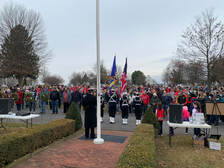 Opening ceremony of Wreaths Across America Day (Dec 18, 2021) Opening ceremony of Wreaths Across America Day (Dec 18, 2021) Christmastime is here—literally and figuratively, of course. I decided to look for a few interesting connections to Christmas at Mount Olivet, employing, of course, my keen senses, research skills and an uncanny curiosity to find relations between those interred in our cemetery and local, state and national history. I also enjoy linkages to pop culture, past and present. As a result, we have gathered a few yuletide tidbits pertaining to three specific individuals to share with you. But before I get to that, I’d like to share some intriguing items found in a local newspaper edition from Christmas 1862. Since I’m still running on fumes from our recent “Wreaths Across America” Day and program here at Mount Olivet last weekend, I still have military veterans firmly on my mind—and how could I not? One location (in the cemetery) that received a good number of wreaths last week was a quiet corner located on the southernmost tip of Area C. This is where 17 former Union soldiers are buried in a 3-lot parcel. It was originally bought, and owned, by the local Frederick Chapter of the Grand Army of the Republic. After the American Civil War, this veteran's group was commonly referred to as the G.A.R., founded on April 6th, 1866, in Decatur, Illinois. It was a benevolent organization that helped with health and burial needs of Union veterans. One can find G.A.R. symbolism and monuments throughout American cemeteries marking the graves of men and women who served during the war. This spring, I plan to tackle a lengthier discussion on this particular lot and those in it with a specifically aimed “Story in Stone.” As for this “holiday edition” of our blog, I’d like you, the reader, to put yourself in the shoes of a Frederick soldier or civilian resident experiencing Christmas, 1862 with the country at war. To give context, the attack on Fort Sumter took place in April, 1861, and the First Battle of Bull Run occurred on July 21st, of 1861 in Manassas, Virginia. Just over a year later, the Second Battle of Bull Run was fought in late August and resulted in a decisive Confederate victory. This prompted Gen. Robert E. Lee to cross the Potomac River and bring the war to the North (or Union) for the first time. The first major, northern (or Union) town that he would bring his Army of Northern Virginia would be Frederick. This was in early September. The Rebels entered on September 4th and 5th and stayed until the 10th. The rest of the story, as they say, is history. These soldiers were mostly seen as unwelcome guests, and they departed heading west out of town toward the Middletown Valley, and points on the other side of South Mountain. Two high-pitched battles would follow: The Battle of South Mountain occurred at three mountain gaps west of Middletown and Burkittsville on September 14th, and was followed by the Battle of Antietam just three days later. These conflicts brought two major armies through our area as Gen. George McClellan and the Union Army of the Potomac pursued the Confederates coming up from Washington, DC and through Frederick city and county. The result of both battles made “one vast hospital” out of Frederick as all public buildings, schools, churches and private homes were commandeered in an effort to take care of the large number of wounded and sick men of both armies. Sufficed to say, it was a troubling fall and winter. Certainly not to downplay our last two holiday seasons with Covid-19 at the forefront, but this was a true time of turmoil where people were dying at the hands of fellow Americans. The Union was under siege, and no end or compromise was clearly in sight. I found it interesting that a newspaper edition of the Maryland Union was published and distributed on Thursday, December 25th of that year. I’m thinking that the thirst for knowledge and information at this particular time certainly outweighed the opportunity to take the day off from continued critical thinking amidst the hostile environment of the country at that time. In that newspaper of Christmas Day, our cemetery’s first superintendent, William T. Duvall provided the newspaper with a bi-weekly report of the Civil War dead that had been buried in Mount Olivet from December 6th through 20th. To give some context, Mount Olivet had an agreement in place with the federal government to bury the dead from both armies, but did so in two distinct rows along the cemetery’s northern and western perimeters. Note that there were many more Union soldiers than Confederate? Today, those Confederate soldiers listed are still resting here, but as for the Union boys, most that perished during wartime (and subsequently buried here) like those listed in the article above were moved to Sharpsburg and the national cemetery there dedicated on September 17th, 1867. This was the fifth anniversary of “the bloodiest one-day battle in US history.“ Back to that newspaper of December 25th, 1862. The war naturally dominated the news of the day, just like the Omicron variant, mask mandates and vaccine debates of today. I found another prominent newspaper article talking about Col. Henry Cole and his cavalry outfit. Cole was commander of this group originally organized as the 1st Potomac Home Brigade Cavalry, and better known as Cole's Cavalry of Maryland Volunteers (1861-1865). Again, this gentleman will be the recipient of a future story. I will say that he was living in Baltimore at the time of his death in 1909 at age 70, and would be buried here in Mount Olivet’s Area R/Lot 98. His grave also received a wreath last week as part of our Wreaths Across America program. Further down the newspaper column, I found another treat—the obituary of our legendary heroine of the Civil War, the incomparable Barbara Fritchie. Barbara had actually died the previous Thursday on December 18th at the age of 96, having had a birthday just weeks before on December 8th, 1862. You may be surprised that there was absolutely no mention of Barbara’s flag-waving heroics at all in this obituary, something you would certainly expect to see mention of. Based on her fame as a folk hero, I think a headline announcing her death on the front page would have been warranted, but alas, this was simply page 2 news! There is a reason this did not happen, and the simple explanation is that John Greenleaf Whittier would not write his famous poem until the following year of 1863. It was published in the Atlantic Monthly magazine in October 1863. And that’s when the name of Barbara Fritchie became a household name in the North, and a “propagandic strike” at Confederate chivalry in the South. Barbara Fritchie became famous, as did her hometown. The Barbara Fritchie we know today can be somewhat contradicted by this humble obituary, and lack of news coverage throughout the fall of 1862 for this sacred event and the validity of her supposed actions on September 10th, 1862 at her home on West Patrick Street by Carroll Creek. You may recall that Frederick diarist Jacob Engelbrecht commented on the incident in his diary, remarking that the article in the magazine constituted the first he had heard of the whole (flag-waving) affair, as he lived directly across the street and noticed nothing of the sort occurring throughout that particular day and involving the feeble, nonagenarian. A final thing in this particular newspaper caught my eye. It was a Christmas-themed advertisement for Henry Goldenberg’s millinery business on Market Street. Interestingly, I researched this gentleman a few years back, but he is not buried in Mount Olivet. Mr. Goldenberg ran his business out of a shop a few doors north of the Market House (today’s location of Brewers Alley). This location was formerly the site of the above-mentioned Jacob Engebrecht’s tailoring shop, a business whom the diarist partnered with his brother Michael for some time, before moving to a new location across the street from the Fritchie home on West Patrick Street. A Baltimore native, Mr. Goldenberg, would continue to be prosperous here in Frederick until making a fateful decision to re-locate to Johnstown, Pennsylvania in March, 1884. Five years later, Henry Goldenberg would be a victim of our country’s most infamous flood on May 31st, 1889. To read more, click on the button below to read a story I wrote about Mr. Goldenberg back in May, 2020 for my HSP History Blog. 1921 We have left 1862 and now I have you time traveling to a century ago to look at Christmas, 1921. Life around these parts had truly returned to normal, especially considering the situation and mood in town three years previously. Perhaps you could say it was reminiscent of Christmas 1862 in a way? In 1918, our troops had just experienced victory on the battlefields of France on November 11th with the armistice to end the First World War. Celebration was tempered here at home, however, because we were still battling a formidable foe in the form of the Great Spanish Flu pandemic which had killed 50,000,000 worldwide and created 500 million cases. One hundred of these victims are buried here in Mount Olivet, including three brothers of the Toms family. The third of these, Lester A. Toms, died on December 22nd and was buried here on Christmas Eve. 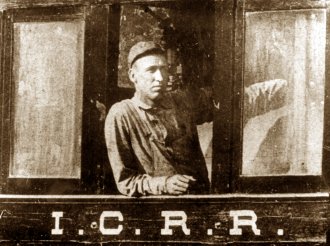 John Luther "Casey" Jones in 1898 John Luther "Casey" Jones in 1898 Aside from this depressing news, I was happy to find two articles that made me smile. Both featured individuals buried here in Mount Olivet, James Alonza Jones and Thomas Henry Haller. Mr. Jones was mentioned in one of my earlier “Stories in Stone” entitled “Casey Jones you Better, Watch your Speed” from August, 2017. In this foray, I found two Frederick men with the nickname of “Casey” Jones like the famed John Luther “Casey” Jones of Tennessee immortalized as an American folk hero thanks to an original song by Wallace Saunders. Some may be more familiar with the later song of the same name by the Grateful Dead, which puts a more psychedelic spin on the old legend. Our two Mount Olivet “Casey Jones” include Charles Edwin Jones (1871-1950) in Area OO/Lot 132 and George Arthur Jones (1895-1971). This latter gentleman's father, James Alonza Jones (1870-1939), headed Frederick City’s police department from 1901-1910 and was elected Frederick County Sheriff in 1921. He also served as superintendent for the Montevue Home for the Aged before, and after, his term as sheriff. James A. Jones’ name made the paper quite a bit, including early November of 1921 when he was victorious in the Sheriff’s race for county elections that year. However, just over a month on the job, Jones did something on Christmas that would surely endure him to me. James A. Jones made a strong statement through this kind gesture on this day. He passed in 1939 and is buried in Area P/Lot 188 next to wife Clara Margaret (Crum) Jones. In this same edition of The Frederick News, I found a curious little message in the form of a print ad and attributed to one, Thomas H. Haller. It was entitled A Christmas Song. His message was an age old one. Thomas Henry Haller was born in the vicinity of South Market Street on December 8th, 1855, the son of Thomas Henry Haller, Sr. and Caroline Rebecca Fessler. His obituary is crammed with amazing achievements in regard to Frederick’s history. The prominent businessman headed up his own dry goods store for decades, along with taking the helm as a director for other amazing companies and endeavors such as the Union Knitting Mills, the Frederick and Hagerstown Railway and the Economy Silo Factory. Linkages with the Citizens Bank and Frederick Building Company also come as no surprise. Mr. Haller would pass on October 21st, 1935 at the time living at 101 Council Street adjacent the former county courthouse. He is buried in Area MM/Lot 84, not far from Gov. Thomas Johnson. His obituary paints quite a life story—one that explains his mantra and message of Peace on Earth and Good Will to Men as he was heavily involved in Frederick’s charitable and benevolent activity throughout his adult life. I also found these memorials in the newspaper in the days following his death as they pertained to Mr. Haller and two financial oriented Boards he participated on through the “Roaring 20s,“ followed by “the Stock Market Crash of 1929” and “Great Depression Era” to follow. When I read about the Frederick Building Company, I couldn't help but think of the Christmastime classic movie that revolves around a small-town building and loan company of this same era. Of course, I'm talking about the fictional Bailey Building & Loan of Bedford Falls (NY) from the 1946 Frank Capra film It’s a Wonderful Life. The firm in question was started by Peter Bailey in 1903, and was later turned over to his son, the film’s central character, George Bailey, played by actor Jimmy Stewart. George Bailey was born in 1907, and the film opens with a children’s group sledding scene taking place around the time of Christmas, 1918. Multiple kids are sledding (by use of a shovel) on a frozen pond, including 12-year-old George and his kid brother, Harry (b. 1911). Unfortunately, Harry was too young to control his sled away from a weak spot on the ice, and soon plunged into the frigid water below. Without hesitation, George heroically saves the life of his younger brother by unselfishly jumping into the water and pulling his brother to safety. In the process, George loses the hearing in his left ear as a result. 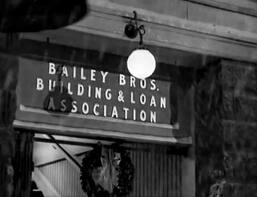 The movie eventually flashes forward to 1929, and the death of George’s father, saddling him with running the family business (Bailey Building and Loan) and squelching his dream since childhood of traveling the world. George would begrudgingly sacrifice his utmost desire in order to serve his fellow citizens and neighbors in Bedford Falls, a decision he would continue to regret. A lot happens along the way including George starting a family, but a confrontation against the villainous town scrooge, Mr. Henry F. Potter, and a series of missteps and trials puts George Bailey on the brink of committing suicide. George says he wishes he hadn’t been born at all, thinking his life was a waste and the world is a better place without him. An angel named Clarence is sent to intercede and shows George just how many lives he touched along the way. If George Bailey hadn’t been born, a chain reaction of terrible things would have beset many characters already introduced in the movie, not to mention the town of Bedford Falls would be a far different place. One of the worst of these “losses” would have surely resulted in the death of George’s brother, Harry, who would grow up to be a decorated pilot in World War II. Harry’s bravery saved multiple lives of serviceman aboard a transport ship through his heroics in battle. George’s little brother later became a successful businessman. George demonstrated jealousy towards his younger brother’s successes earlier in the film, but later would see the light that his selfless acts and sacrifices allowed people like his brother to live and succeed, thus he could share in these amazing triumphs and accomplishments as well. Well that long description brings me to my last person of interest to tell you about here who connects to Christmas. We do not have a George Bailey here at Mount Olivet, but we do have a Harry George Bayley! He is buried in Area B/Lot 144. Now finding info on this individual was quite difficult. He was born in Frederick in June, 1880, the son of Frye Bayley and Mary Margaret Rosanna Haller (1857-1952). Once again, to show that Frederick was still a small town in the big picture, Mary (aka Mamie) Haller was a first cousin of our fore-mentioned Christmas poet—merchant/building and loan man Thomas Henry Haller. Mary’s father, Michael Henry Haller (1811-1889) and Thomas’ father, John Thomas Haller (1816-1882), were brothers and sons of Tobias Haller (1775-1818) and wife Matilda Elizabeth Heichler (1772-1863). Frye W. Bayley worked as an auditor for the B&O Railroad. Mary Bayley was listed as a mantua maker in the 1880 census. In the 1900 census, the family can be found living at 972 Riggs Avenue near the intersection with North Fulton Avenue in northwest Baltimore. Up the street on the right corner is Mount Pisgah Christian Methodist Episcopal Church. Harry was the oldest of three children, having two younger sisters in Lidie and Bessie. Details of Harry Bayley’s life are scarce as already stated. Our subject’s life was cut drastically short of experiencing “a wonderful life,” dying at the age of 21. Our records simply say that Harry died of complications of disease on June 2nd, 1902 in his hometown of Baltimore. His body would be delivered to Frederick by train, and he was buried in a plot on Area B/Lot 144 . This was a cemetery lot where his grandparents were buried, and today includes several aunts, uncles and a few maiden great aunts from his mother’s Haller family. Harry G. Bayley’s parents lived for decades after. They are not buried here at Mount Olivet, but rather Lorraine Park Cemetery in Baltimore. His father died in 1933, and his Frederick native mother in 1952. I thought about poor Harry George Bayley the other night as I enjoyed my annual viewing of It’s a Wonderful Life. I read that Frank Capra once affirmed the movie’s purpose in an interview. He said: “The importance of the individual is the theme that it tells: that no man is a failure and that every man has something to do with his life. If he’s born, he’s born to do something.” George Bailey’s biography shows us that every life holds infinite possibilities, sending ripples out into the farthest reaches of the world. I like to apply that to all who are buried in Frederick’s Mount Olivet Cemetery, and burying grounds everywhere. What a nice thought when strolling through a cemetery, and thinking about the countless “lives once lived.” So many connections when I ponder how many peoples’ lives here were affected, shaped, and molded, (hopefully for the better), by others who may well lie in close proximity in our garden cemetery. Regardless of the stresses, strains and challenges of life be it 1862, 1918, 1921 or 2021, we all have the ability to see the wonders and good in life, and how we may affect family, friends and aquaintances in the process of living from day to day. Merry Christmas, Happy Holidays and thanks for the support of Mount Olivet’s preservation of history over the past year. With 2024 on the doorstep, consider a membership in the Friends of Mount Olivet where our mission is to preserve the historic records, structures and stones of the cemetery. In addition to those wanting to do volunteer history research and stone cleaning, we also have a calendar of special social events ranging from lectures and walking tours to other special events and get-togethers.
0 Comments
Leave a Reply. |
STORIES
|
Archives
July 2024
June 2024
May 2024
April 2024
March 2024
February 2024
January 2024
December 2023
November 2023
September 2023
August 2023
July 2023
June 2023
May 2023
April 2023
March 2023
February 2023
January 2023
December 2022
November 2022
October 2022
September 2022
August 2022
July 2022
June 2022
May 2022
April 2022
March 2022
February 2022
January 2022
December 2021
November 2021
October 2021
September 2021
August 2021
July 2021
June 2021
May 2021
April 2021
March 2021
February 2021
January 2021
December 2020
November 2020
October 2020
September 2020
August 2020
July 2020
June 2020
May 2020
April 2020
March 2020
February 2020
January 2020
December 2019
November 2019
October 2019
September 2019
August 2019
July 2019
June 2019
May 2019
April 2019
March 2019
February 2019
January 2019
December 2018
November 2018
October 2018
September 2018
August 2018
July 2018
June 2018
May 2018
April 2018
March 2018
February 2018
January 2018
December 2017
November 2017
October 2017
September 2017
August 2017
July 2017
June 2017
May 2017
April 2017
March 2017
February 2017
January 2017
December 2016
November 2016
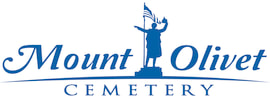
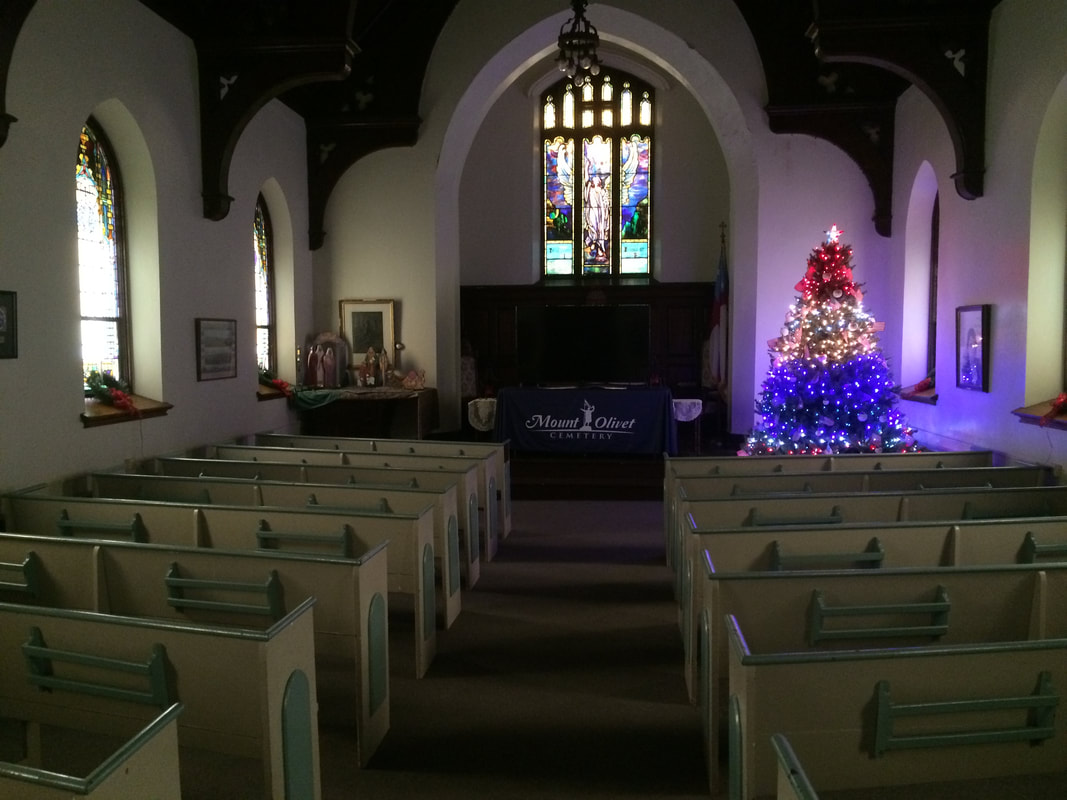
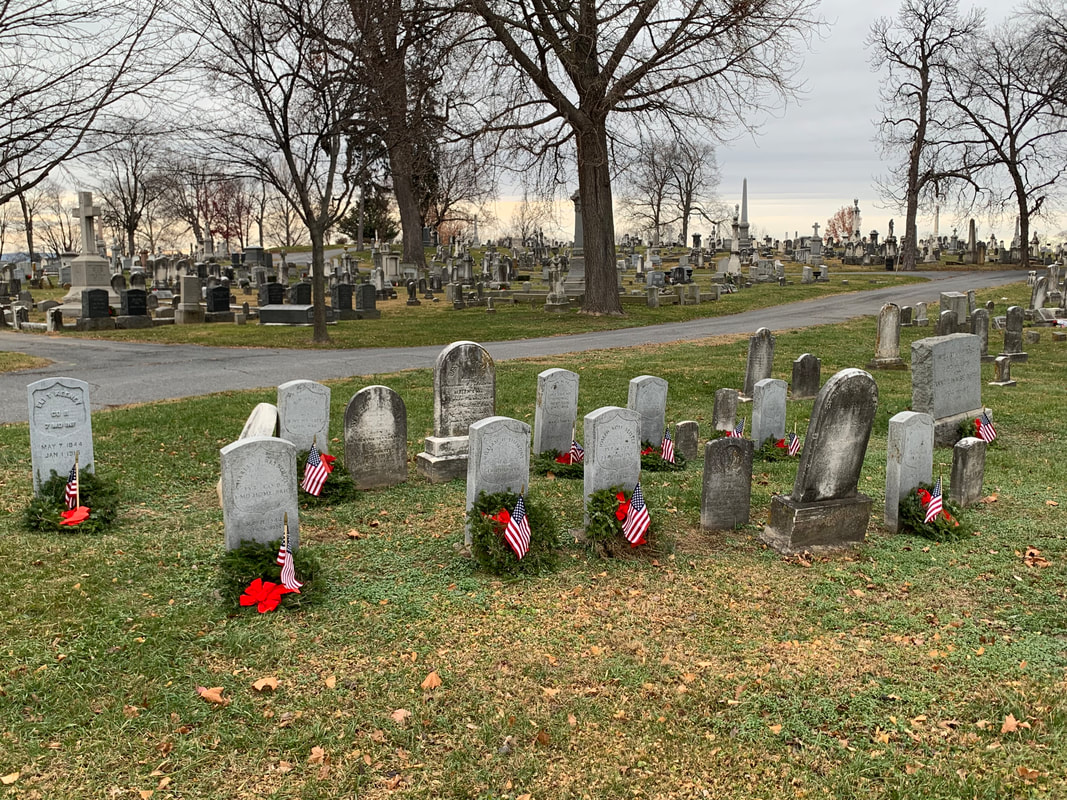
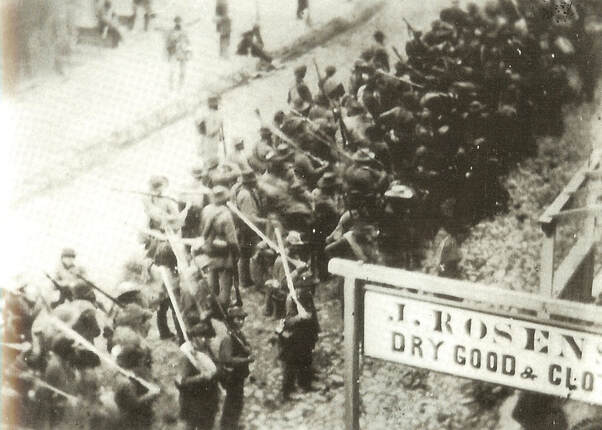
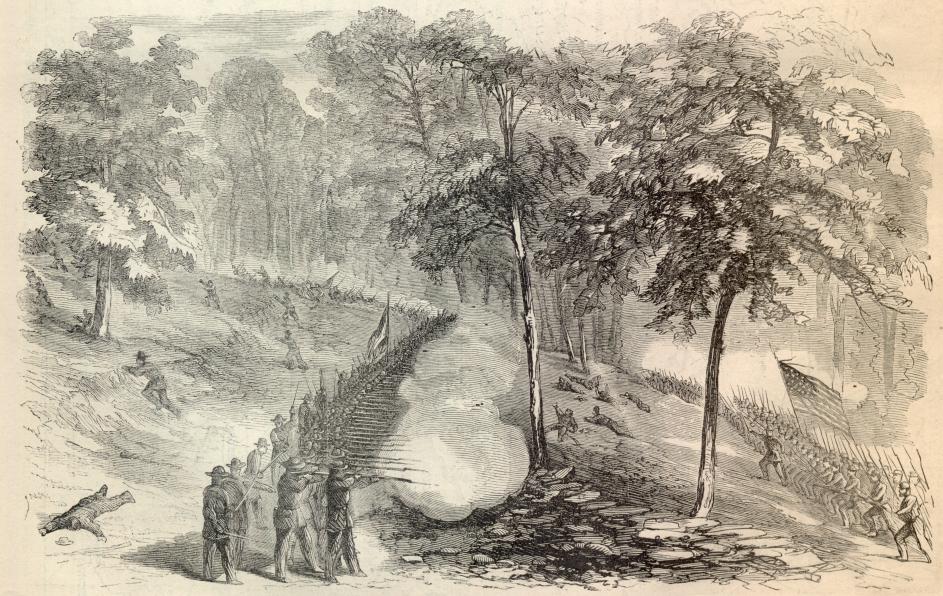
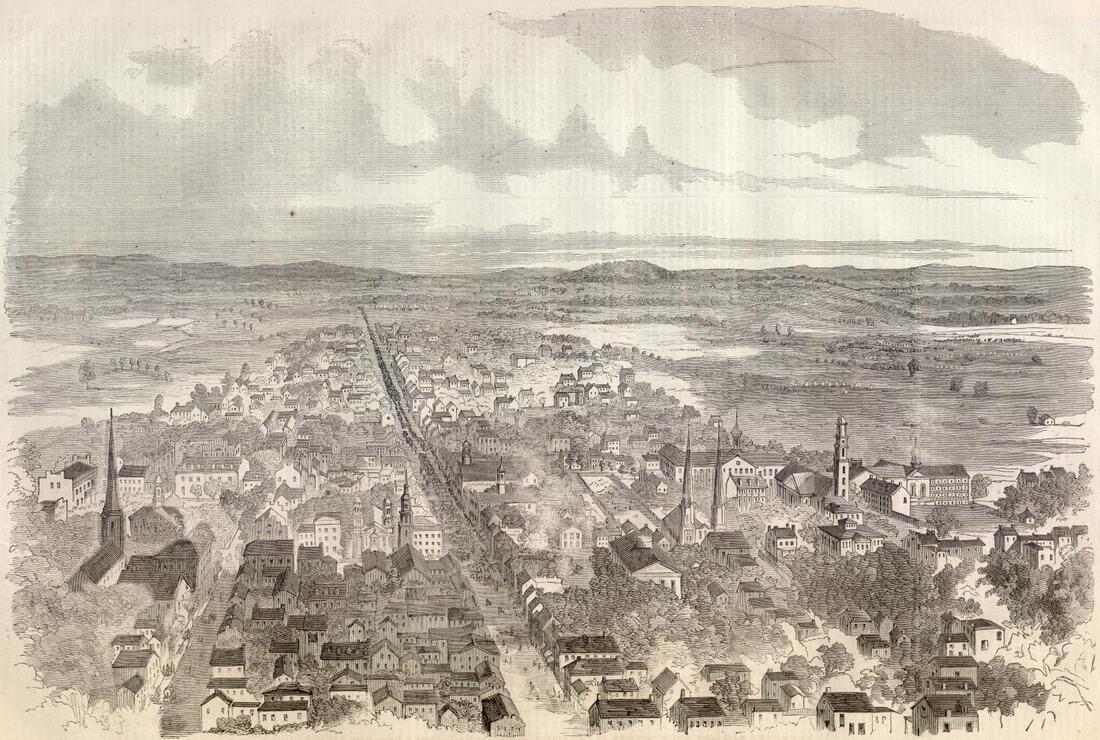
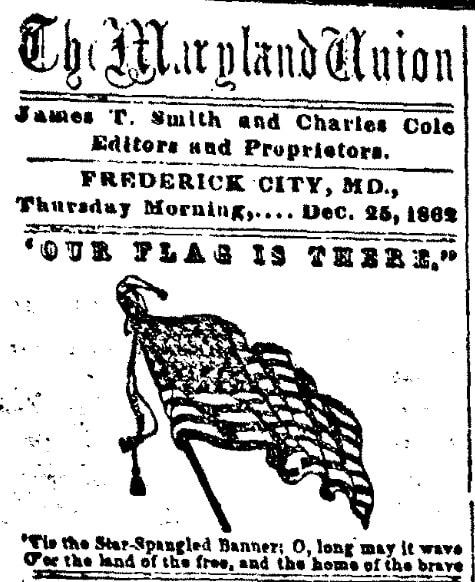
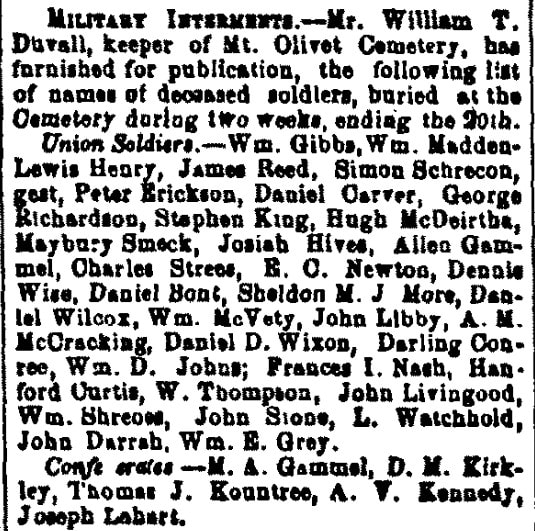
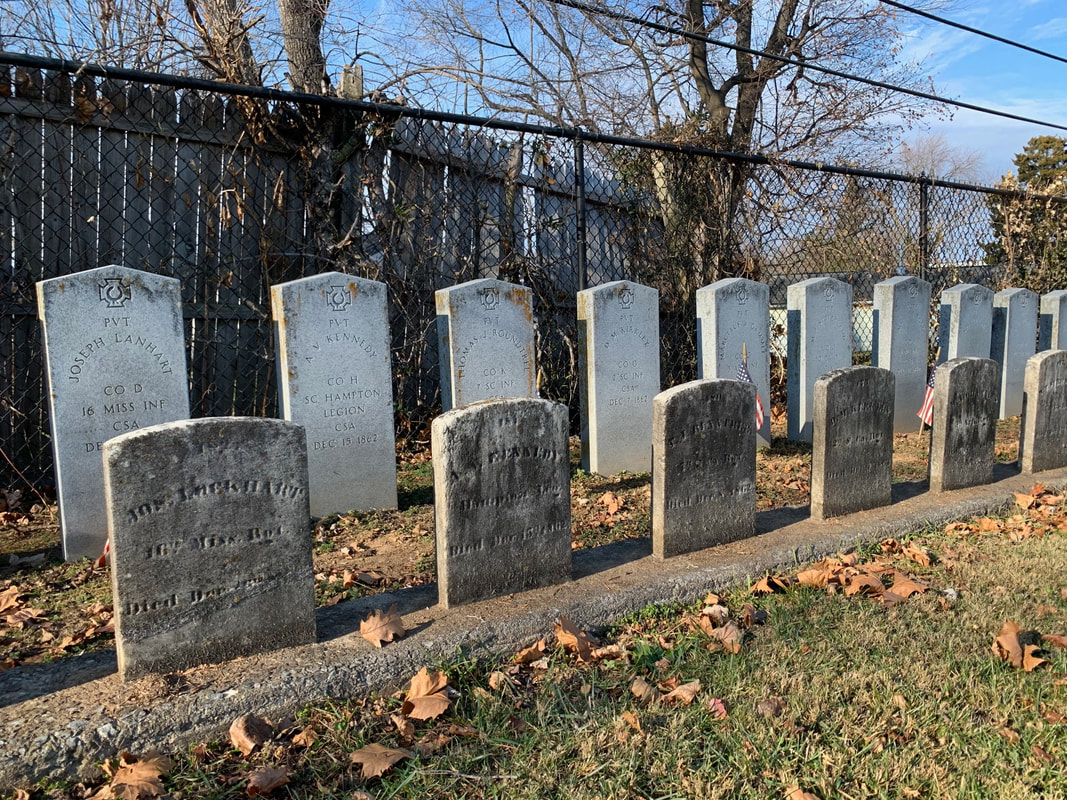
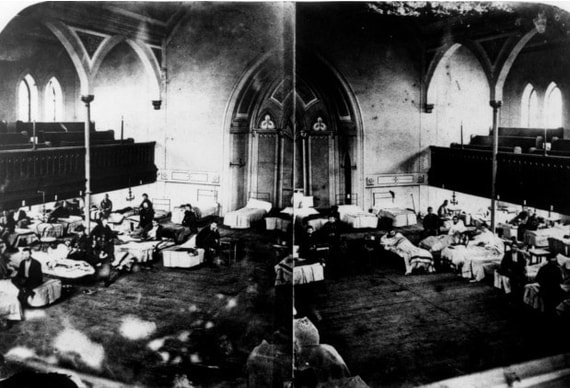
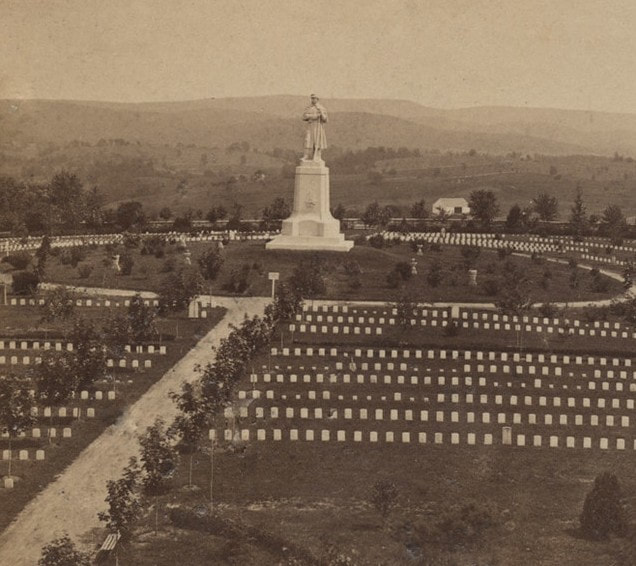
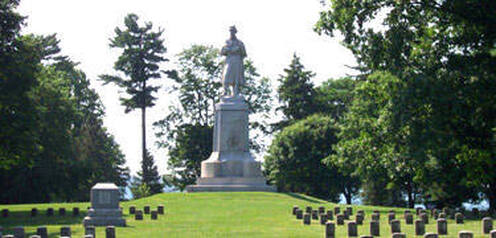
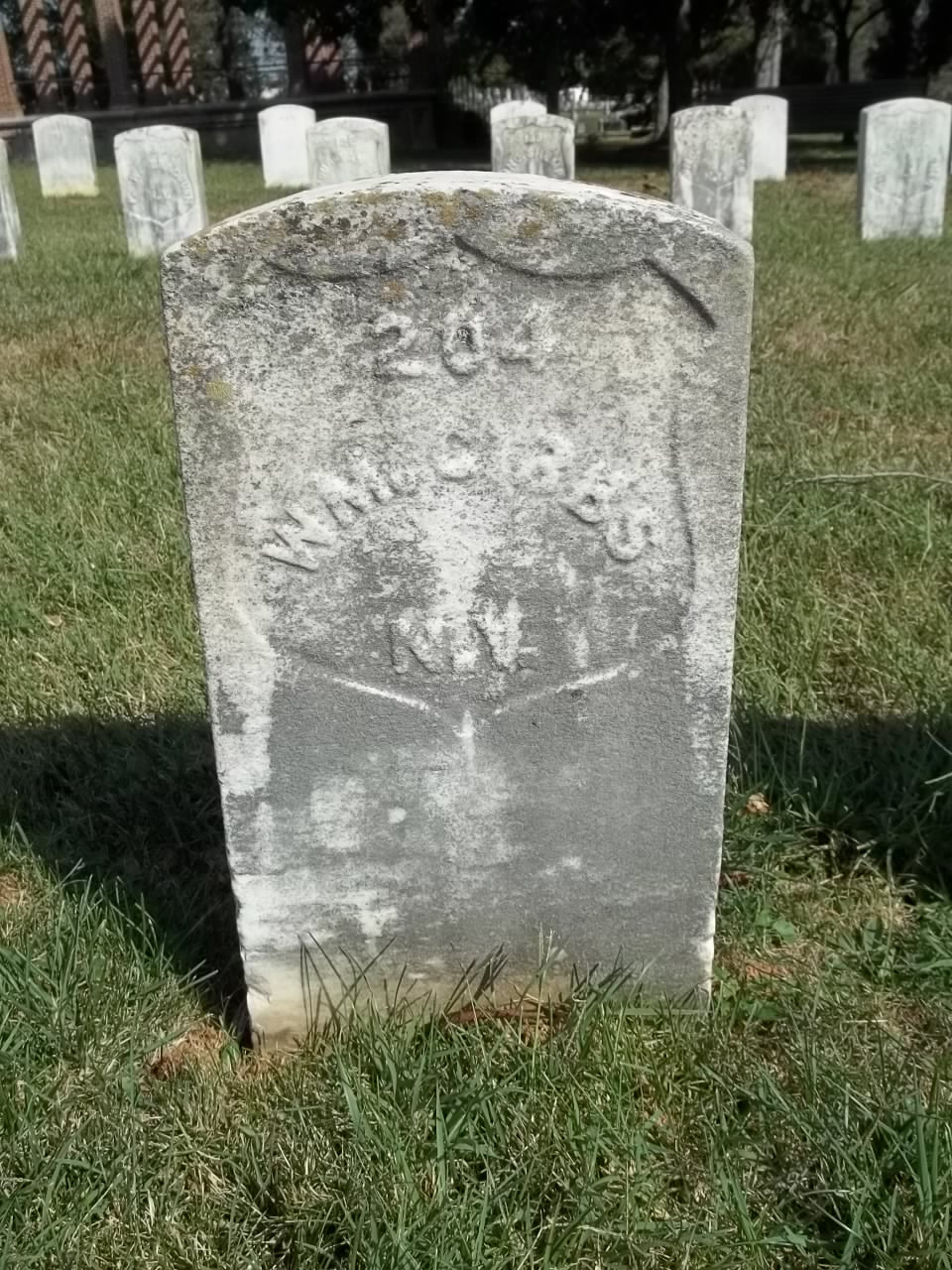
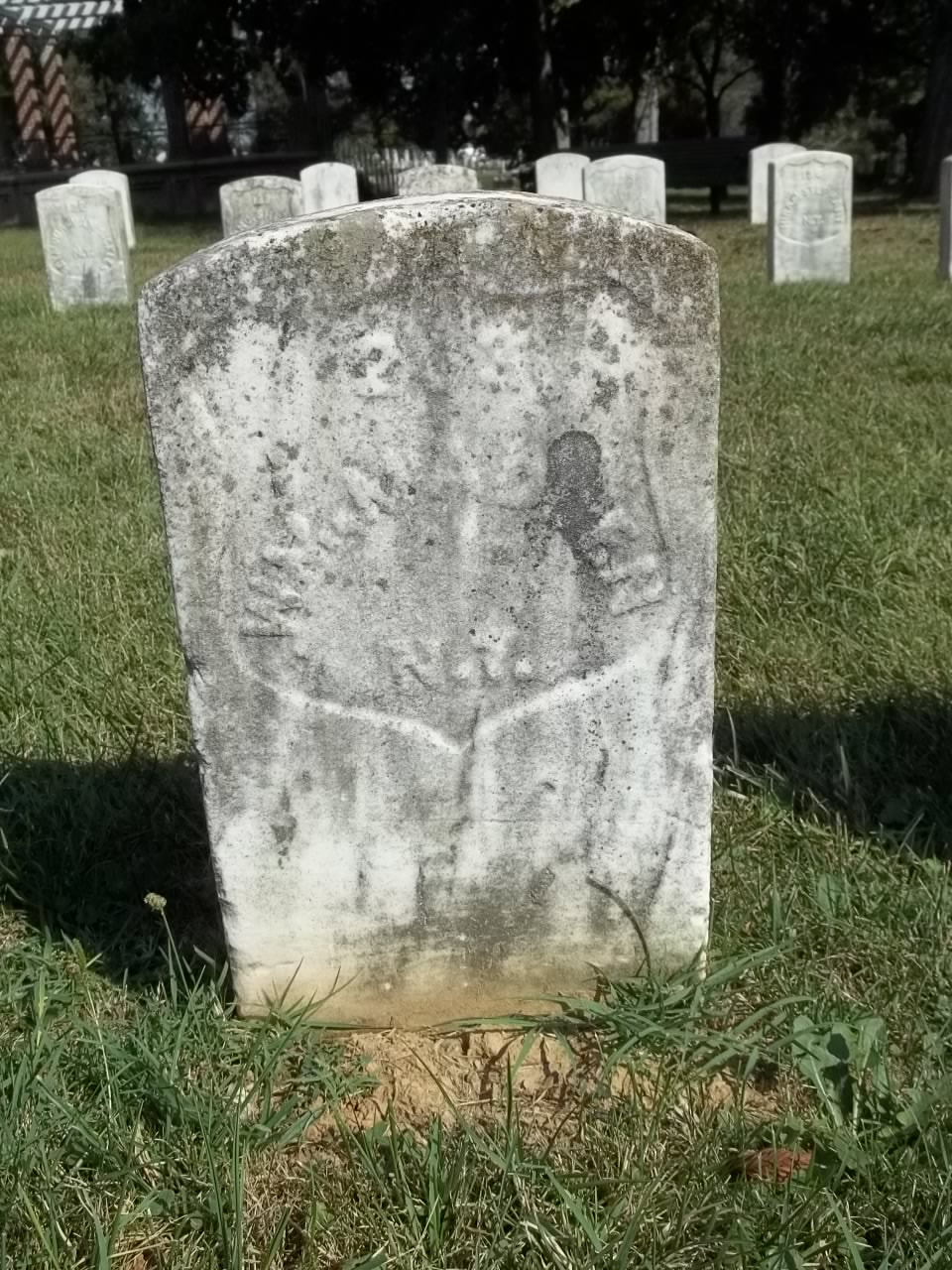
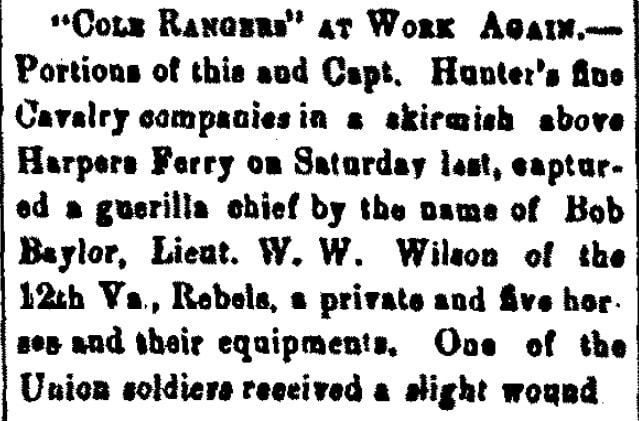
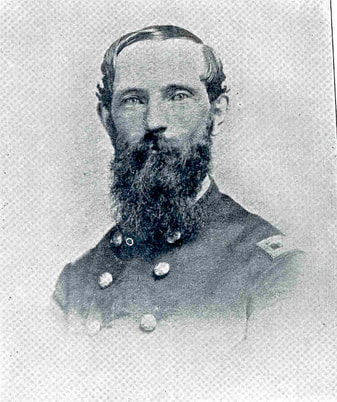
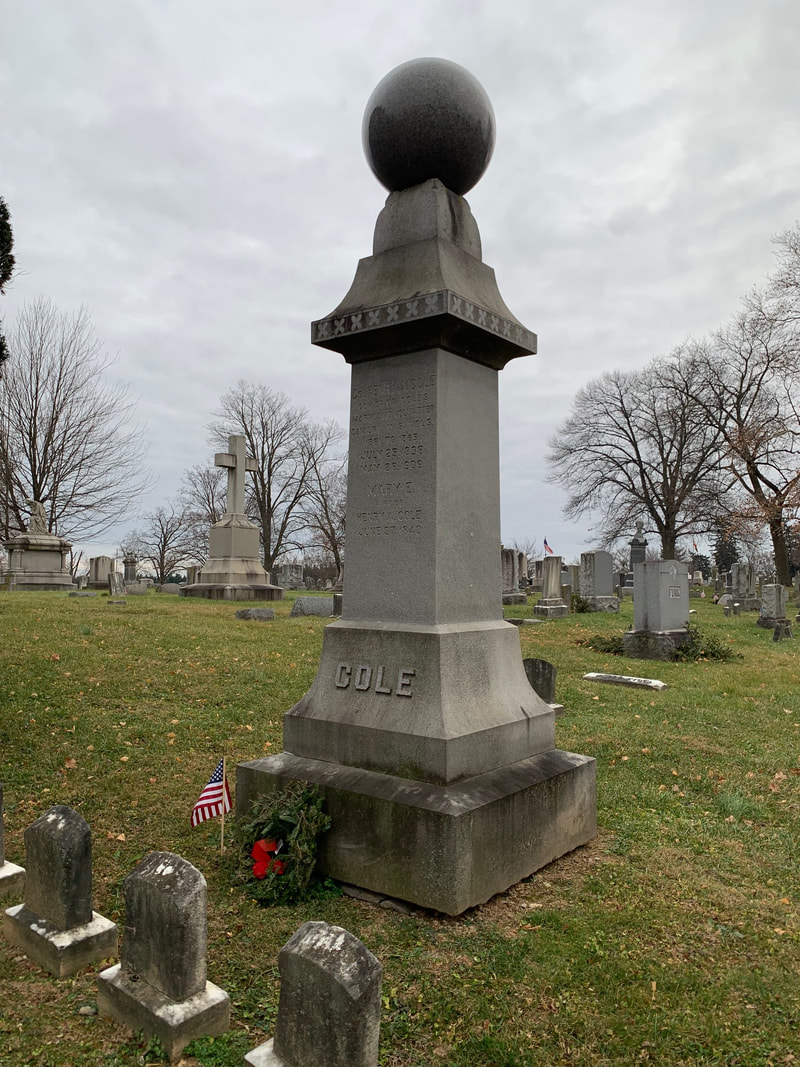
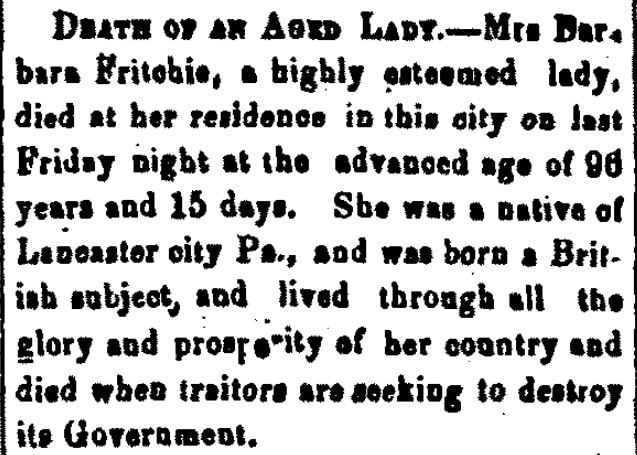
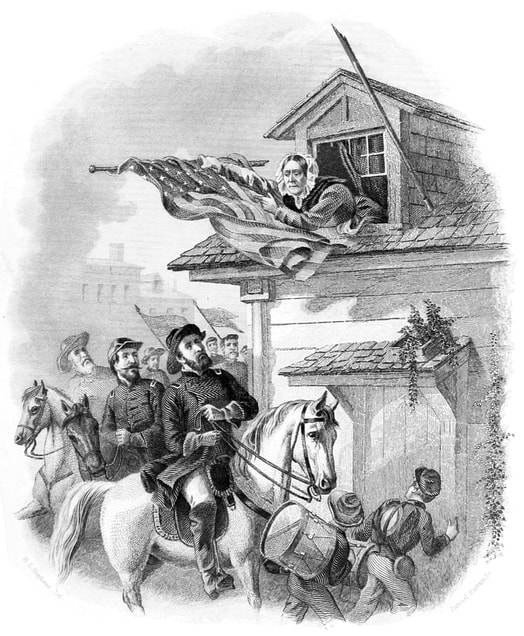
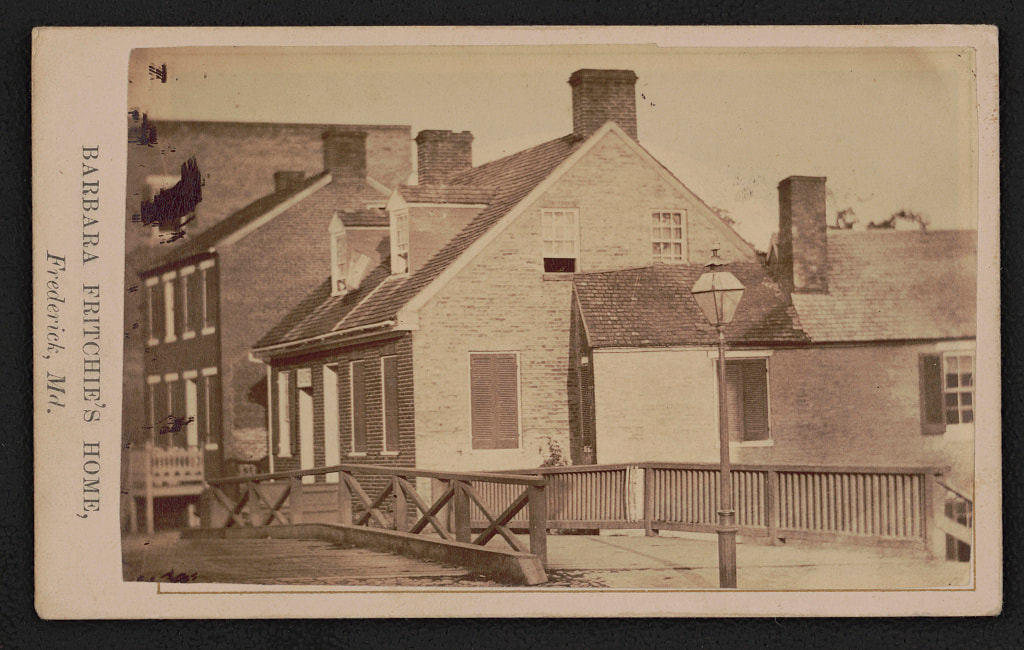
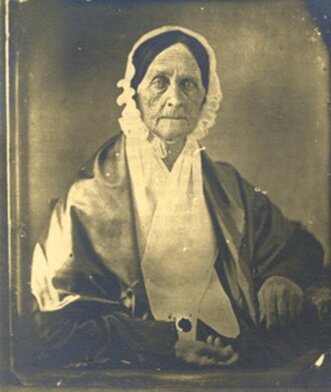
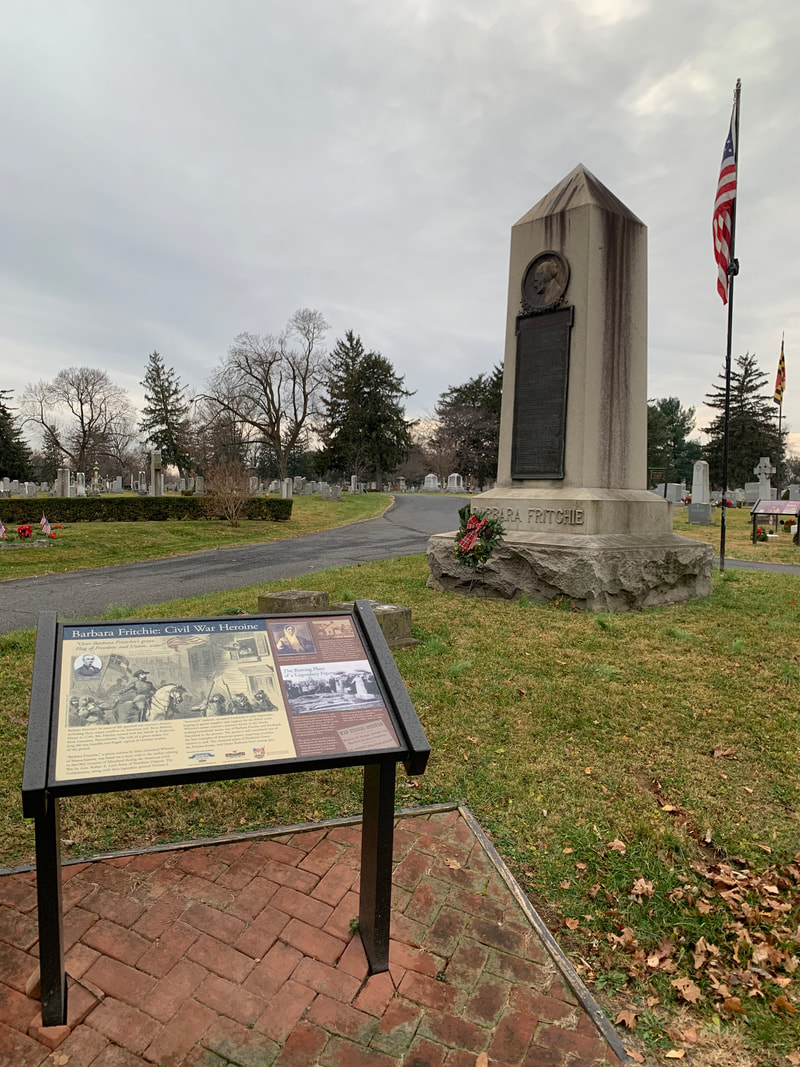
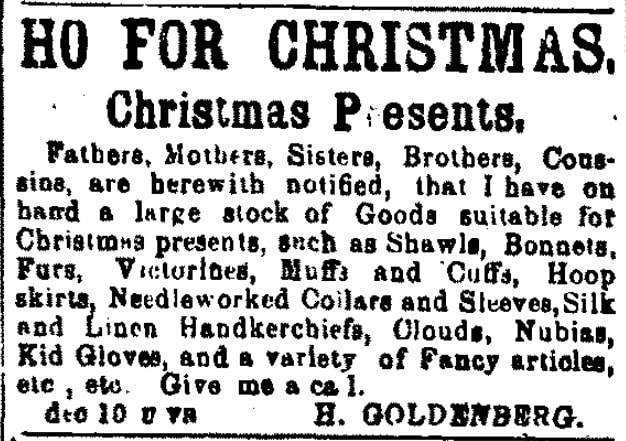
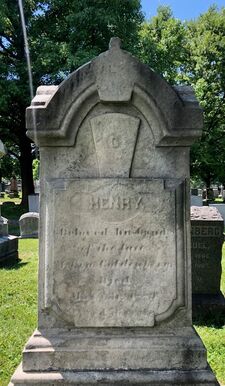
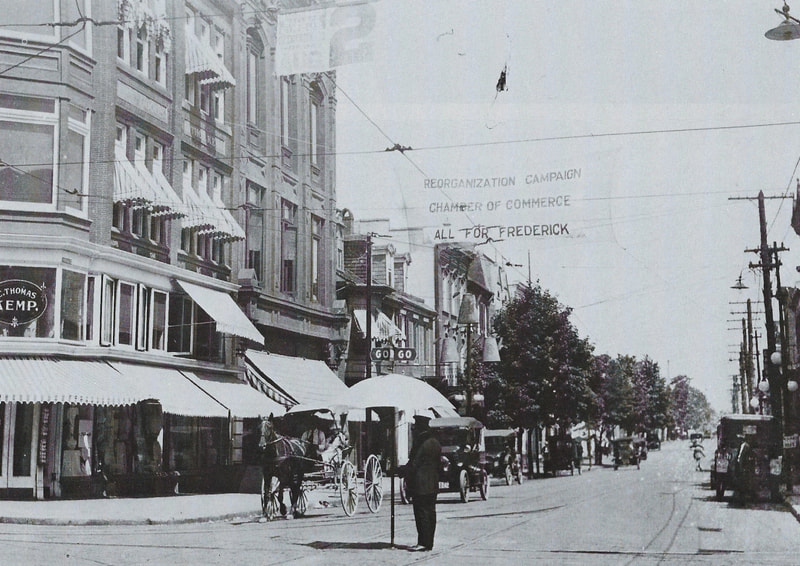
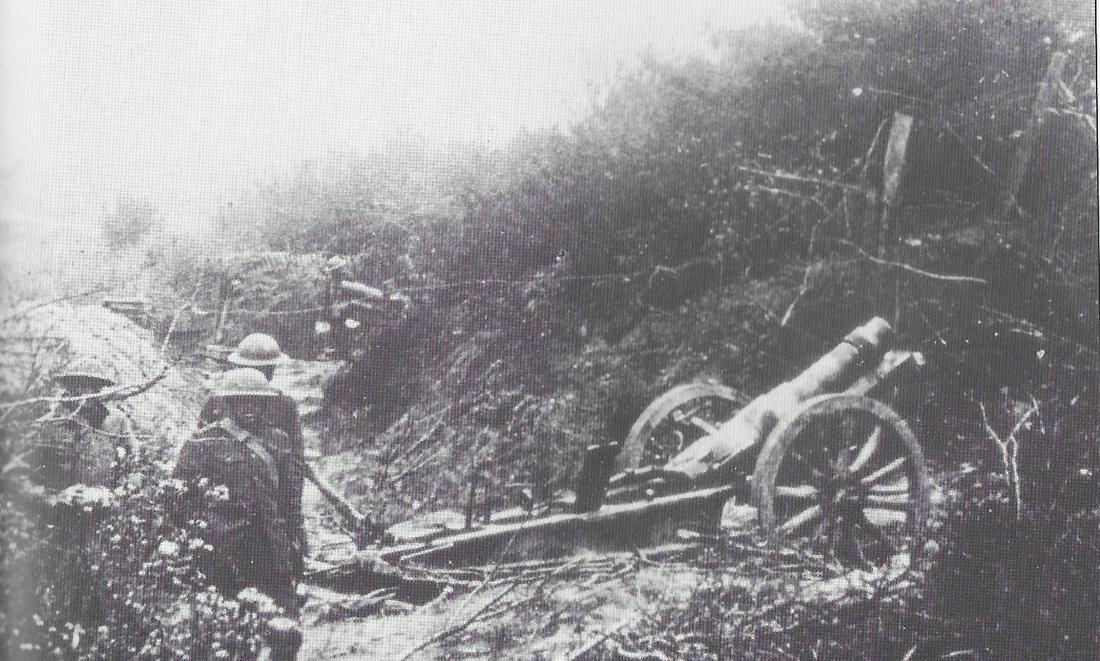
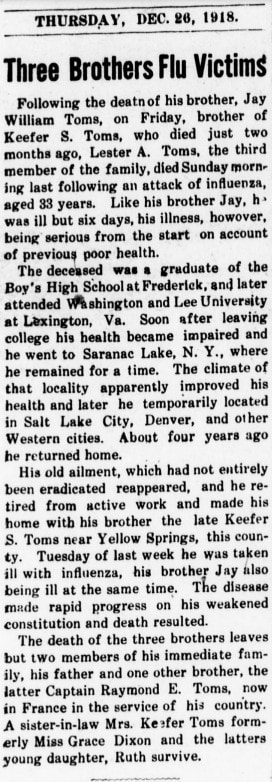
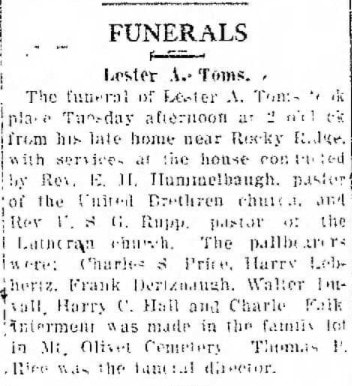
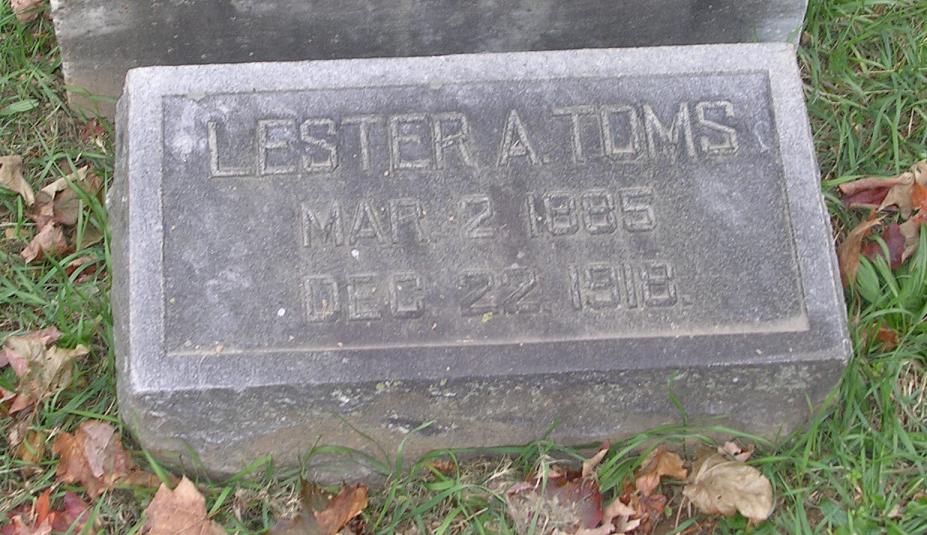
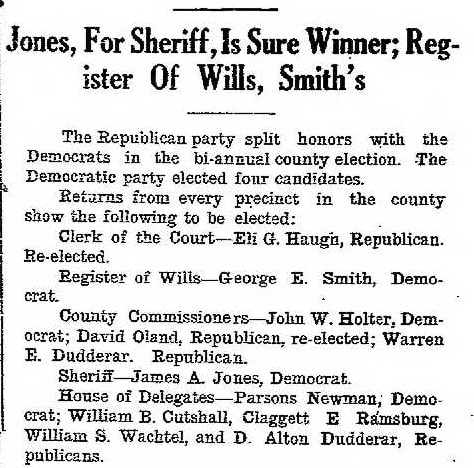
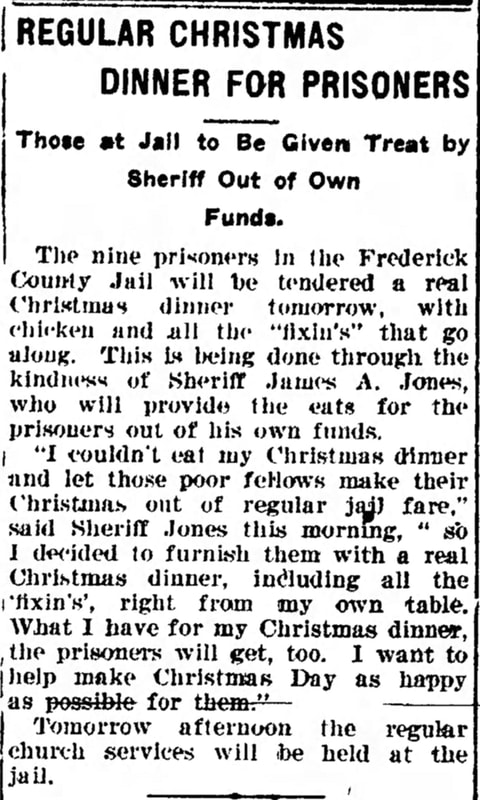



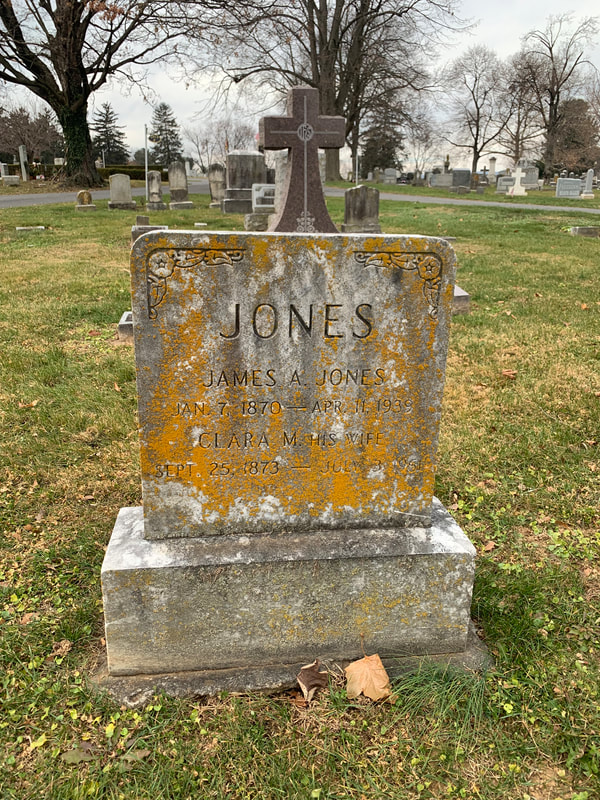
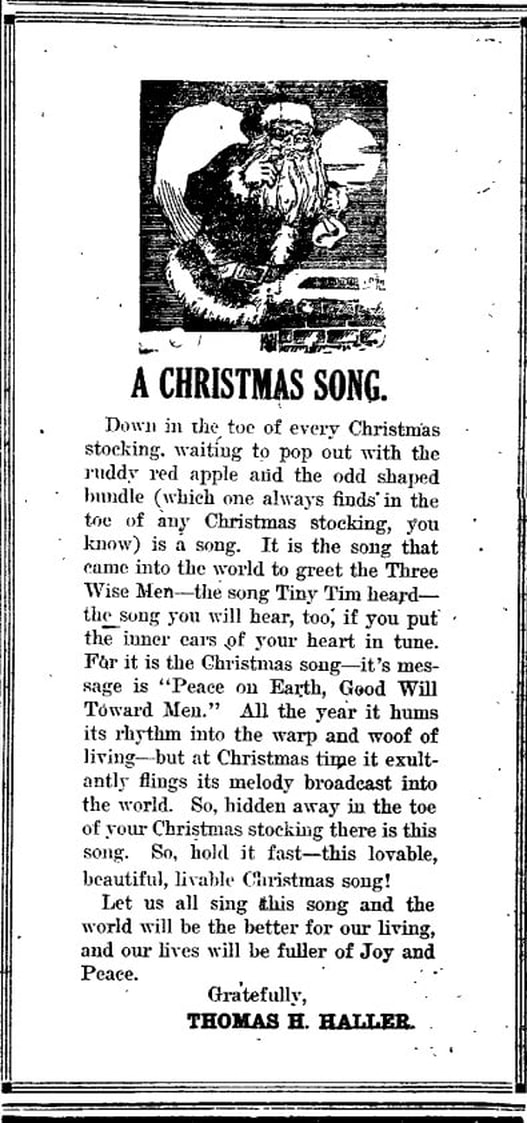




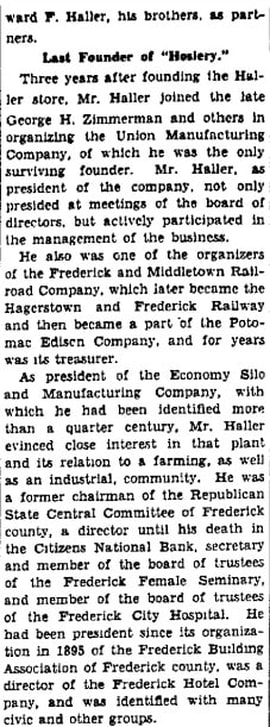
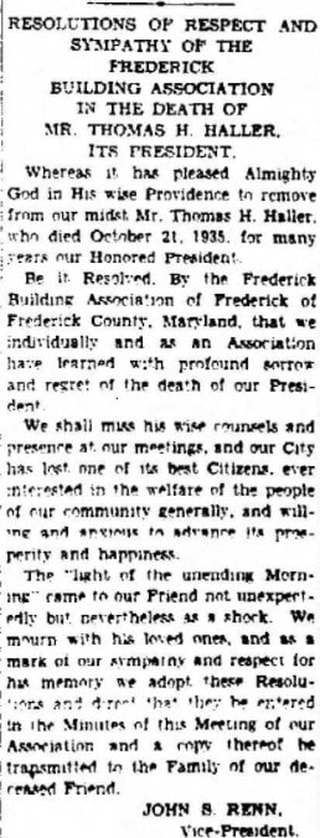
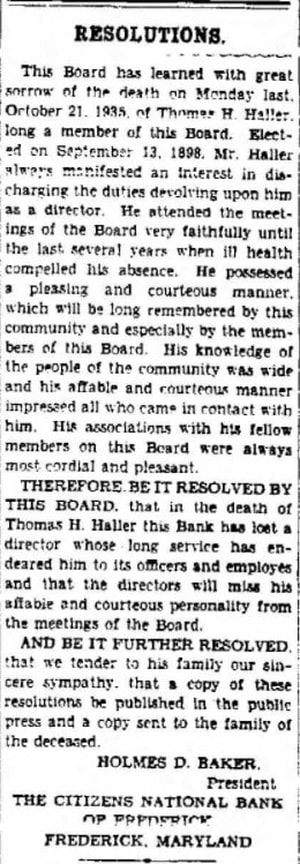
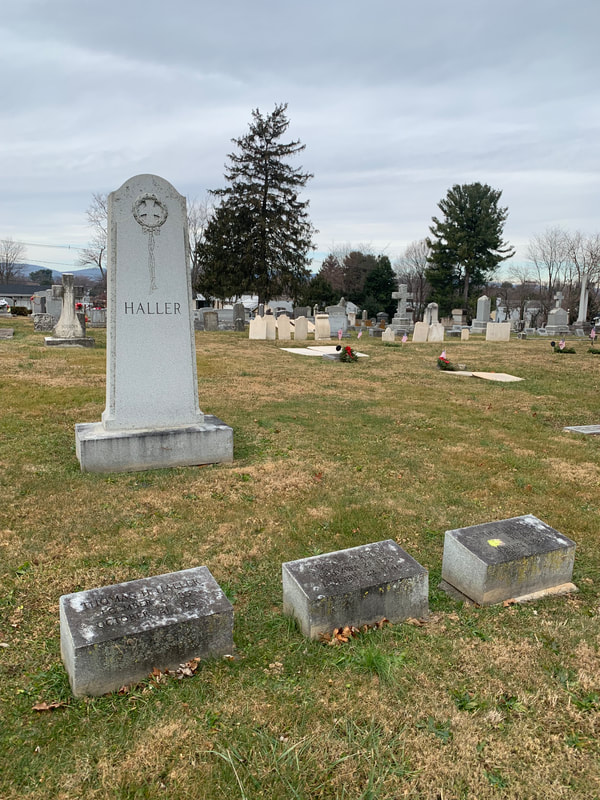
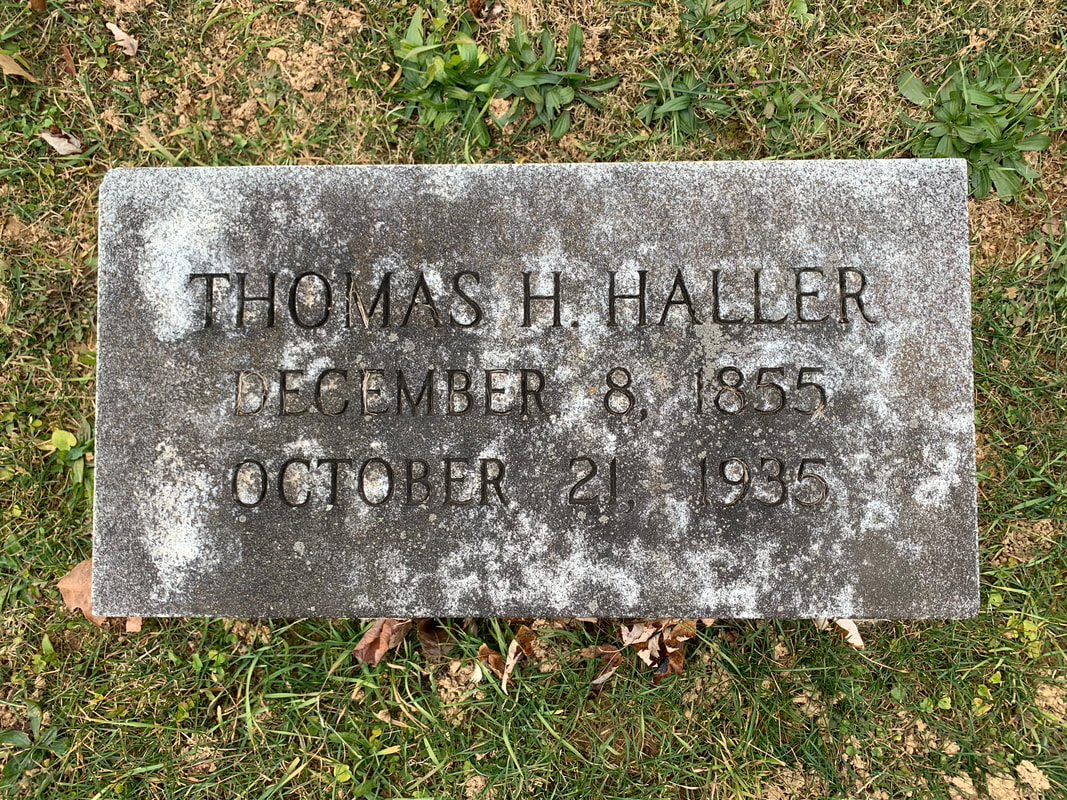
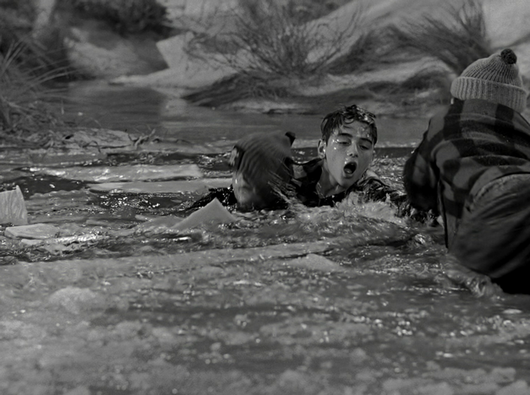
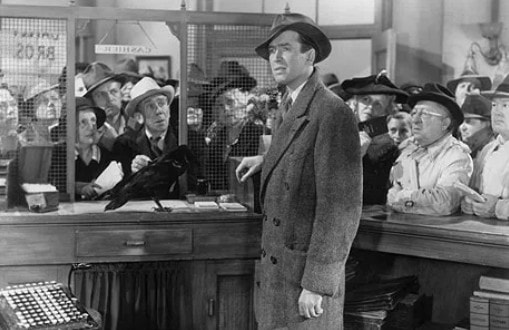
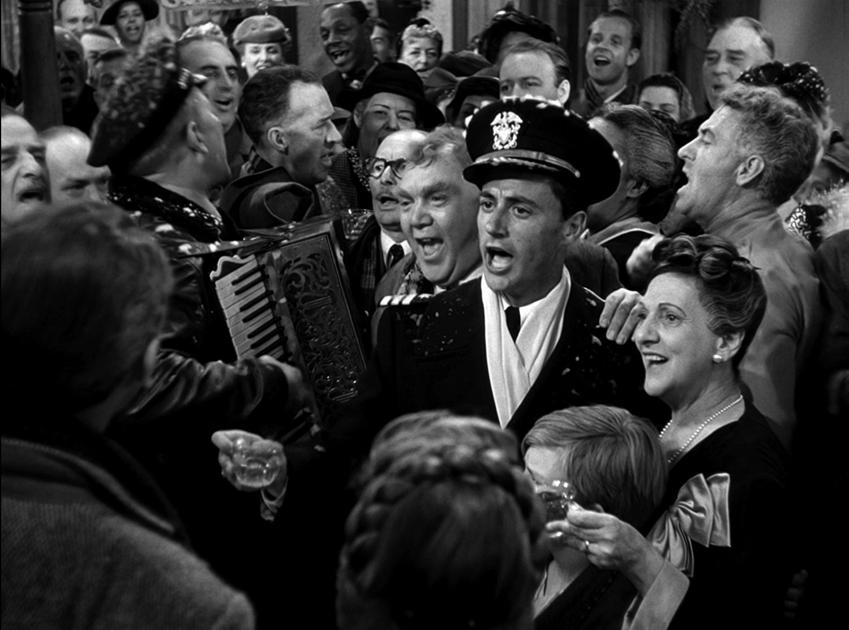
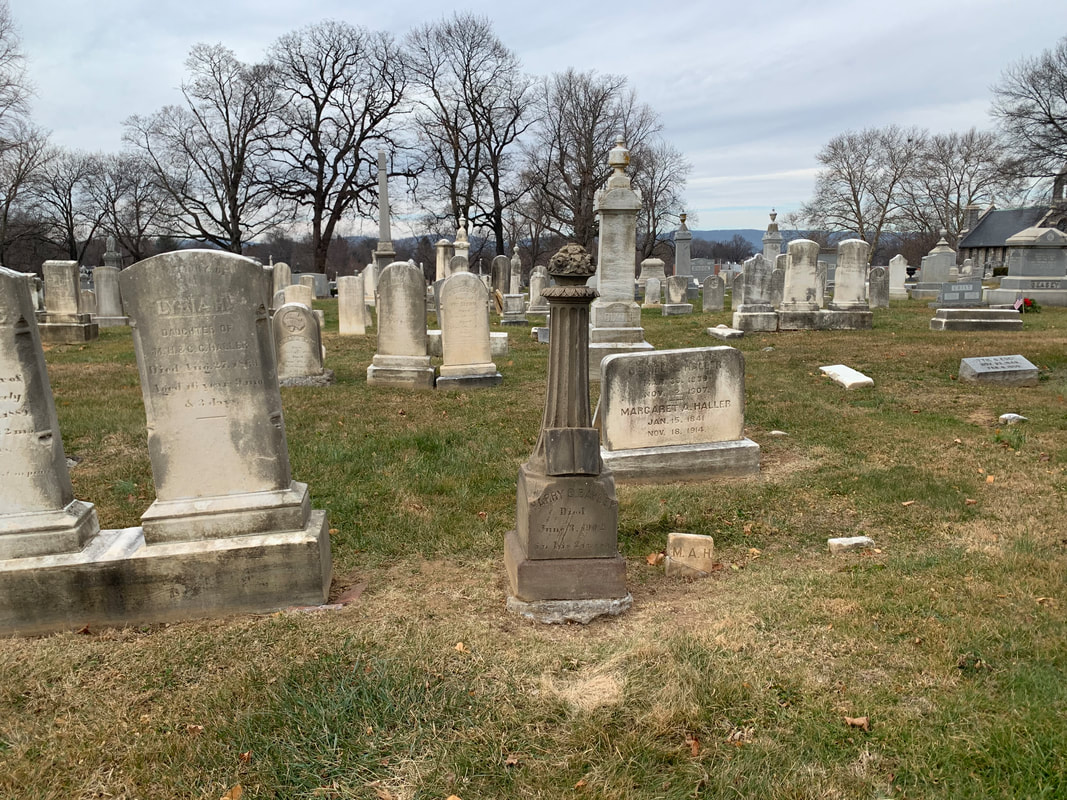

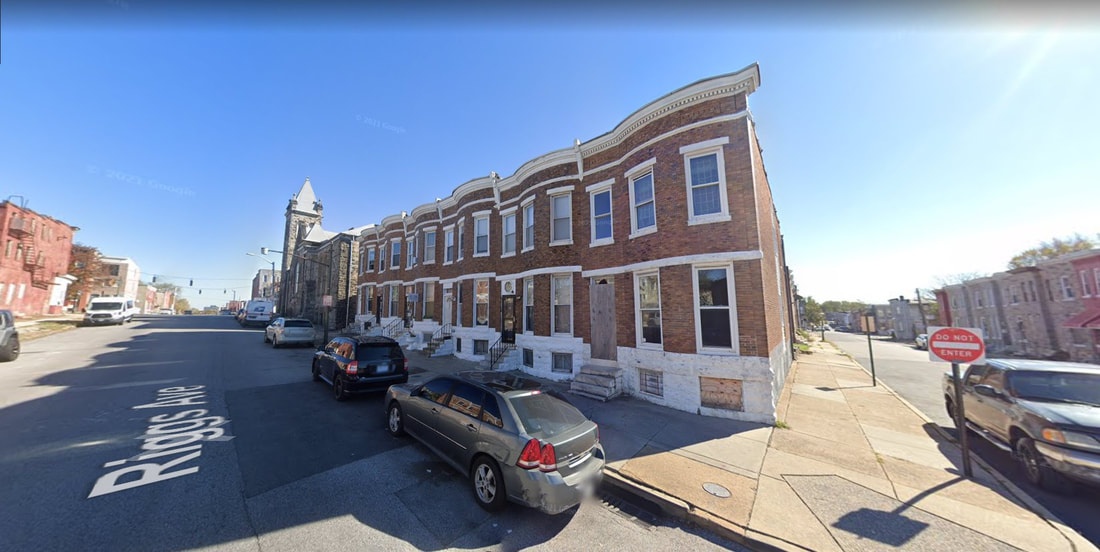

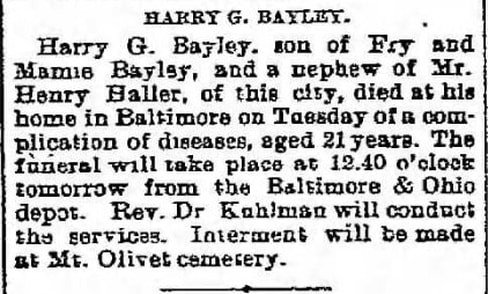
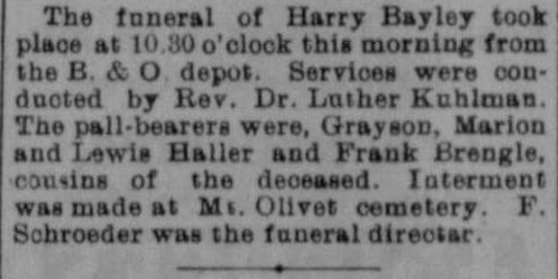
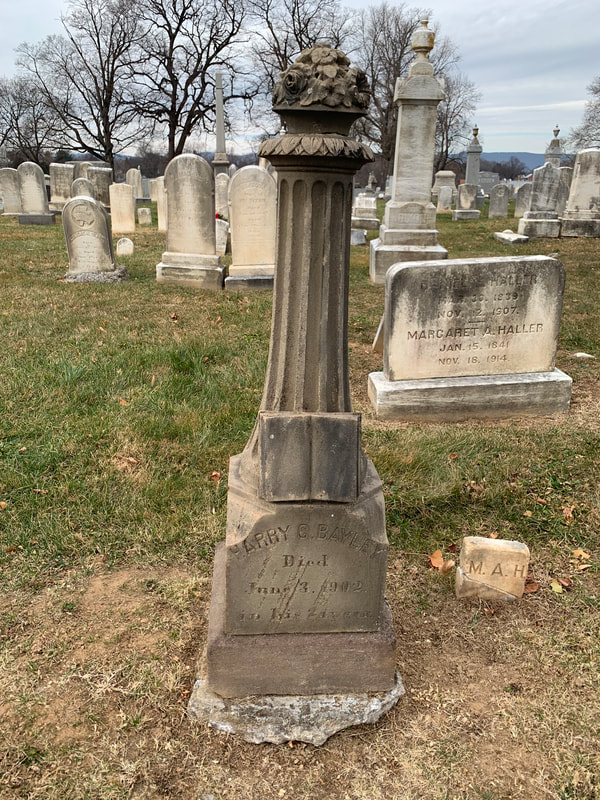
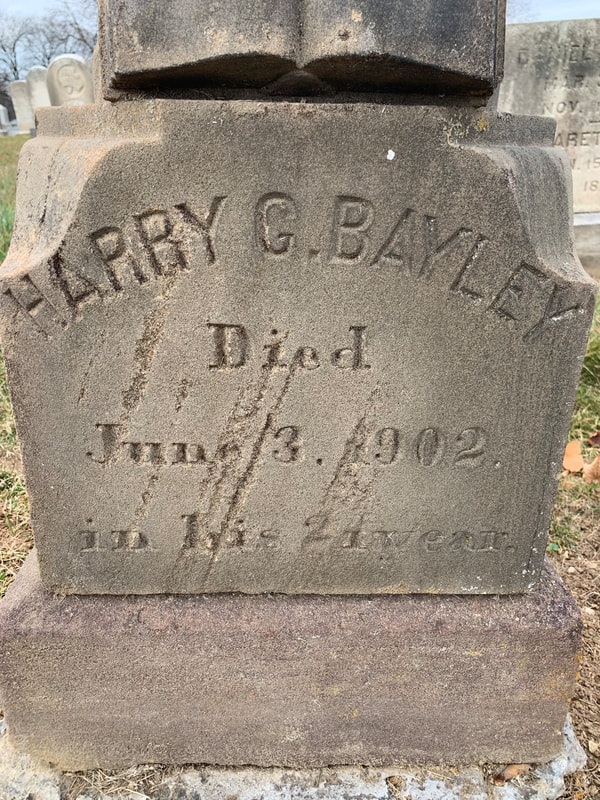
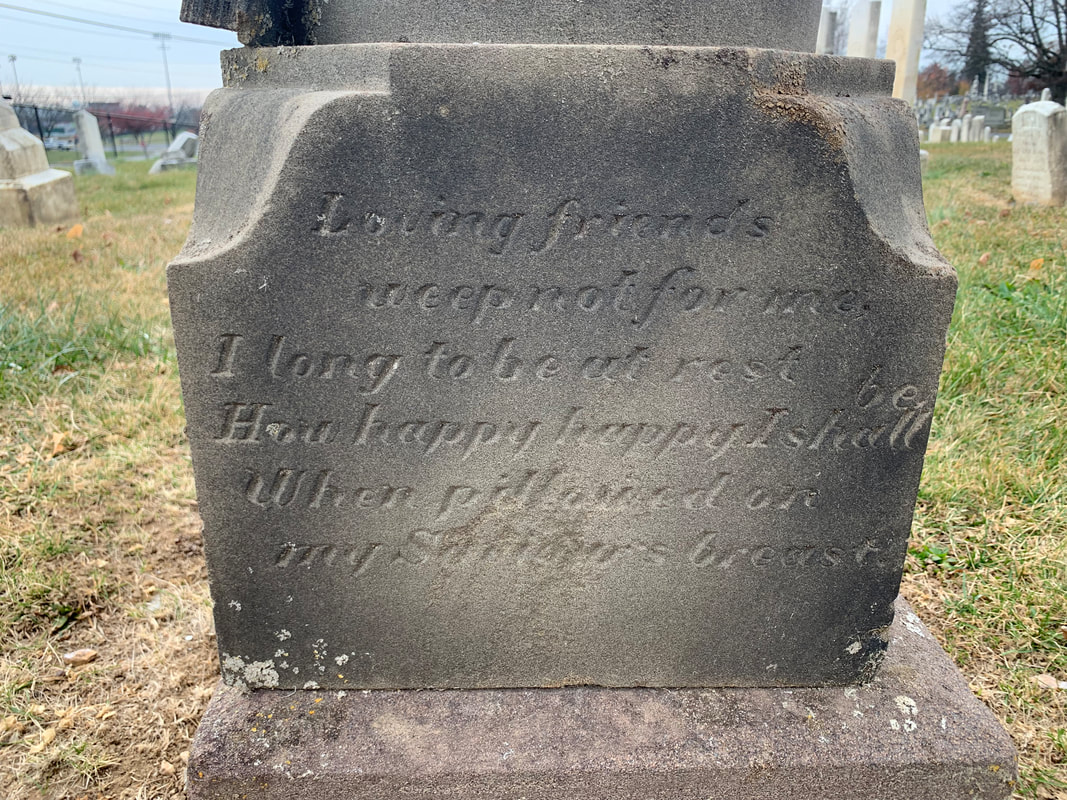
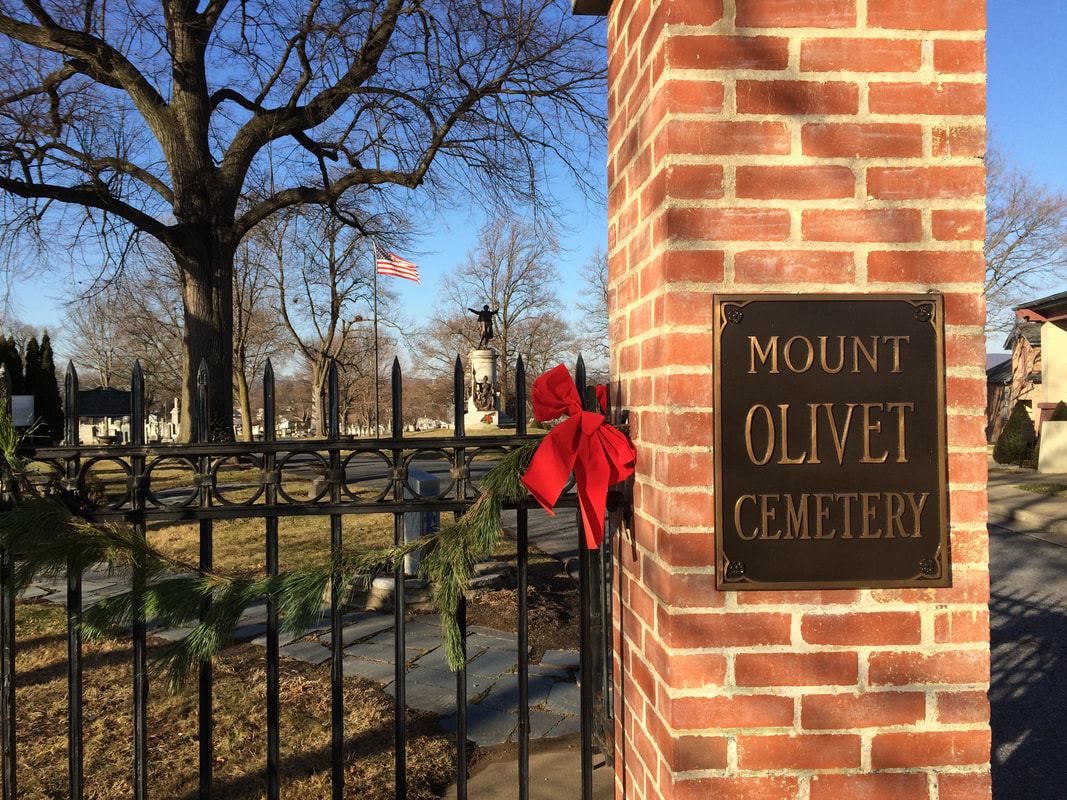
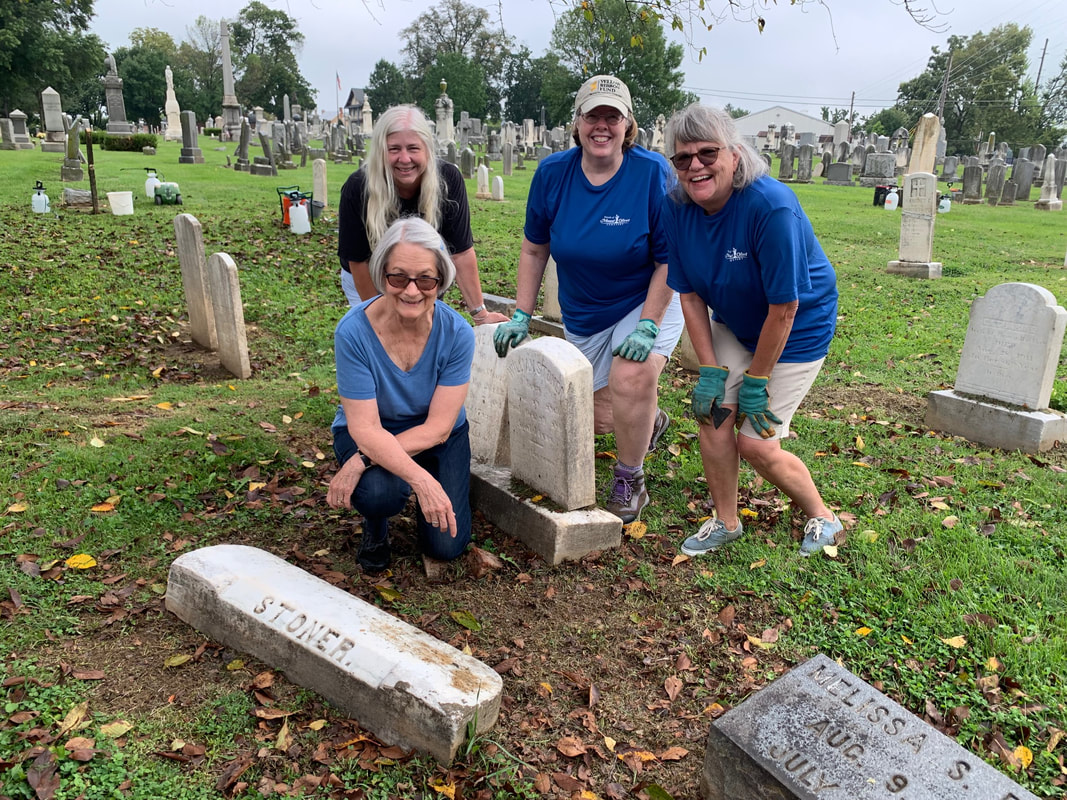
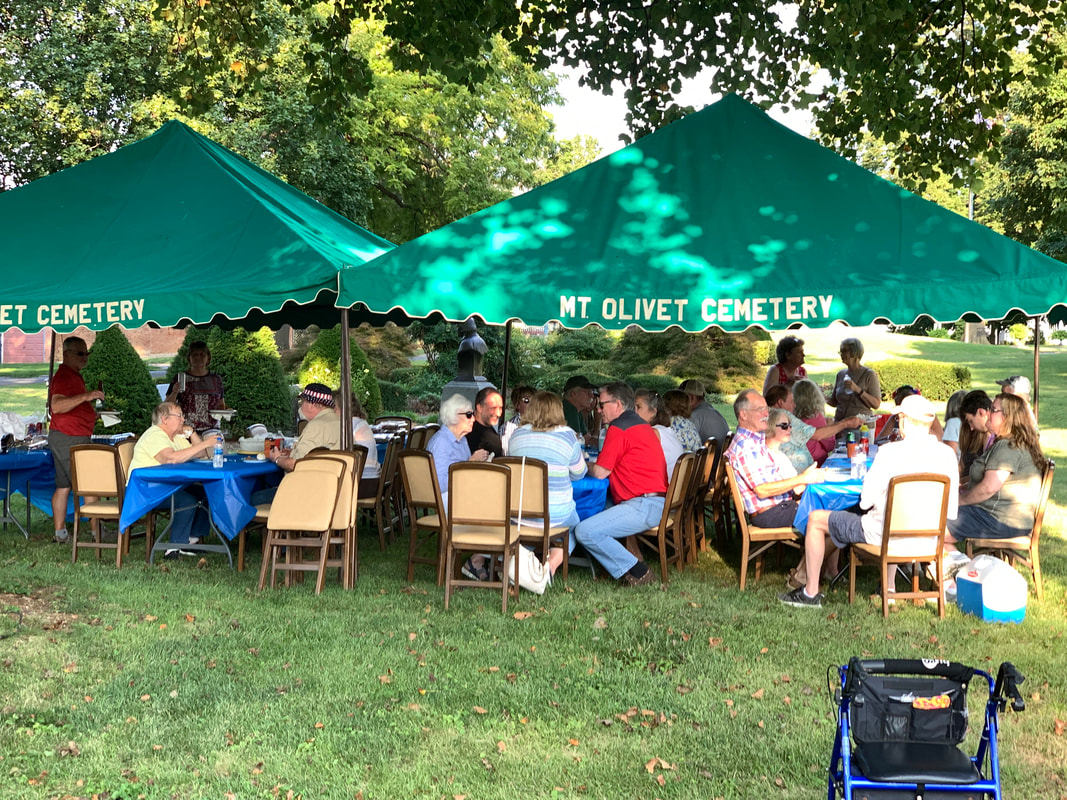


 RSS Feed
RSS Feed